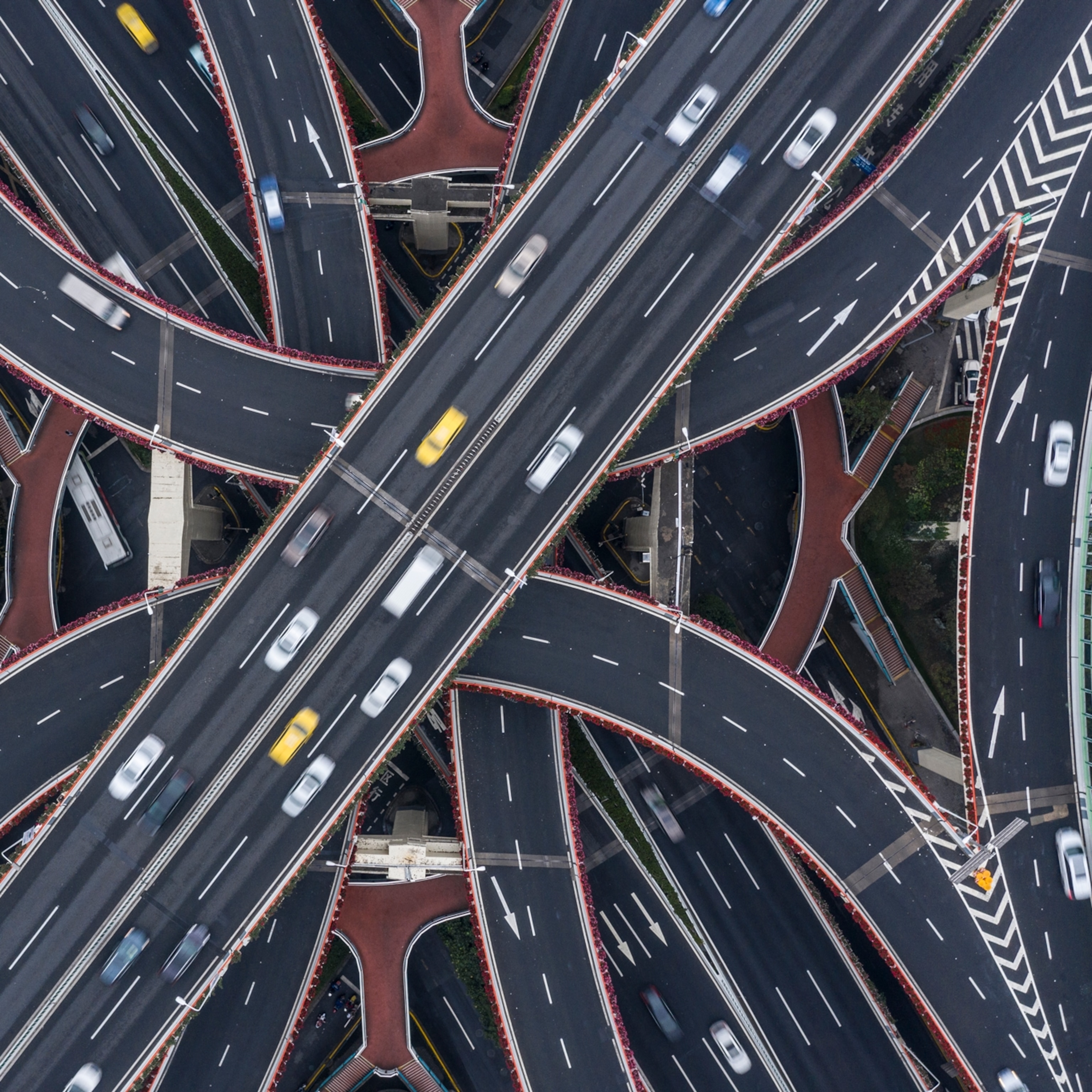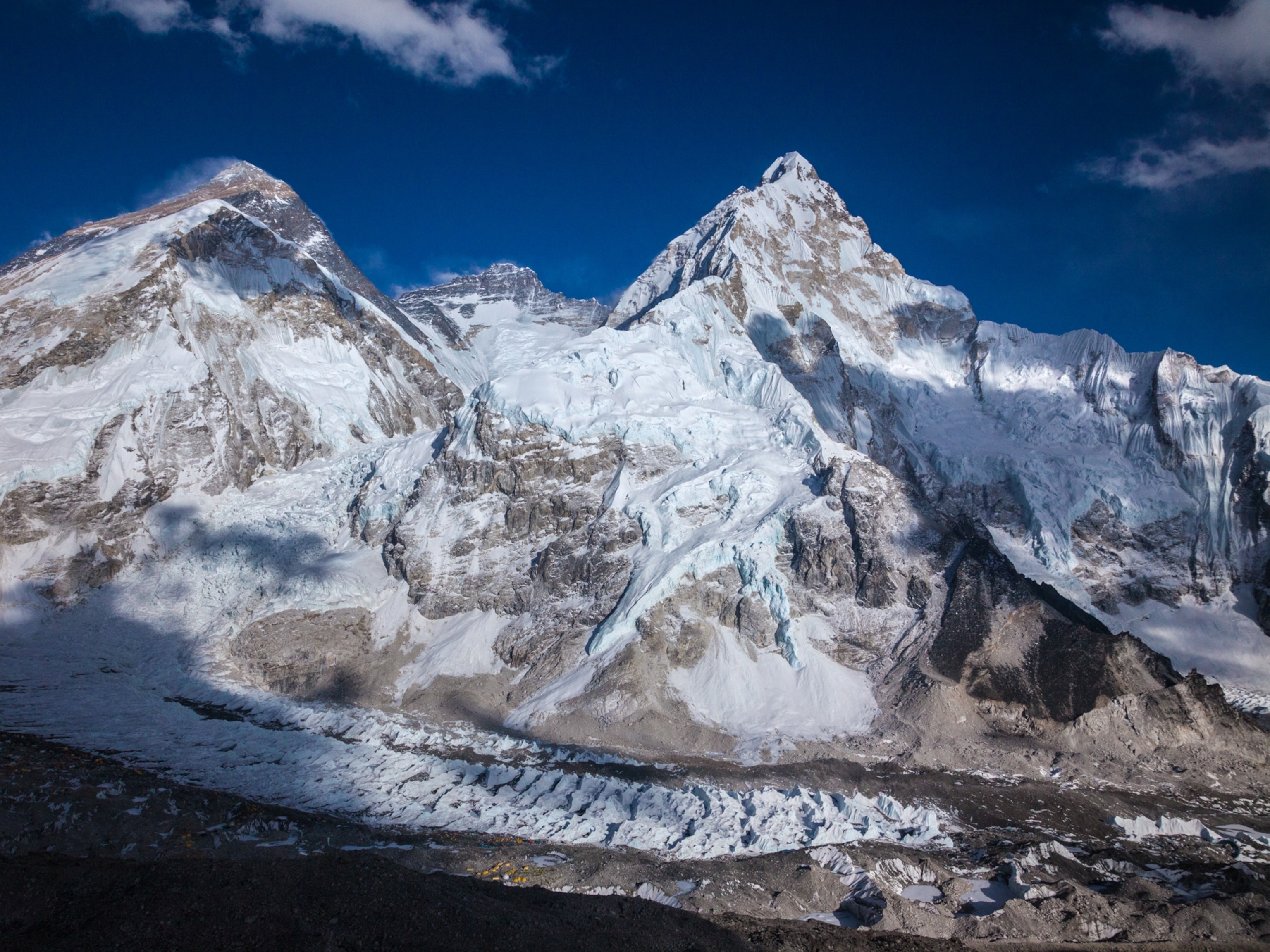
Amazon Dams Keep the Lights On But Could Hurt Fish, Forests
A surge in hydroelectric power could displace the iconic region’s indigenous peoples and resources.
When Asháninka Indian leader Ruth Buendía realized that a hydroelectric dam on the Amazon's Ene River would displace thousands of her people, she vowed to fight it. The project, she argued, would bring more hardship to families—including her own—already uprooted by political violence.
Leaders in the Peruvian communities along the river were divided over the plan, with some looking forward to high-paying construction jobs. But Buendía stood her ground.
Plans for that dam were eventually suspended. But about 150 other dams already exist in the Amazon basin, with other controversial projects underway and hundreds more planned.
Scientists worry that dams will harm the Amazon’s legendary biodiversity by blocking fish-spawning runs, reducing the flow of vital soil nutrients, and clearing forests. Reservoirs behind the dams also could displace indigenous people, like the Asháninka, whose livelihood depends on the rivers.
This construction boom is spurred by an ever-increasing thirst for energy stemming from more than a decade of steady economic growth in Amazon countries. With a huge network of rivers spread across an area almost as big as the contiguous United States, hydroelectricity is the largest—and cheapest—source of energy.
The water supplying these dam projects can be precarious: The severe drought in Rio de Janeiro and São Paulo is a powerful reminder that climate change threatens the water that turns the turbines and keeps the lights on in Brazil, Peru, Ecuador, and Bolivia.
“I think these countries should take a fresh look at energy generation from the Amazon. Most of the decisions being made are essentially heedless or unaware of that bigger picture,” ” said Thomas Lovejoy, an Amazon biodiversity expert with the United Nations Foundation and George Mason University in Virginia.
While dams are being dismantled in parts of the United States to return rivers to their natural courses, dam construction is expanding in many developing countries, including Africa’s Congo and Nile rivers and Asia’s Mekong River.
Four dams on the Mekong in China already produce more than 8,800 megawatts of electricity, and nearly 100 more are on the drawing board for the lower Mekong, particularly in Laos. Officials in China recently rejected the Xiaonanhai dam on the middle Yangtze River, but another one will be built on a tributary upstream.

Hydropower Is Cheap and Plentiful
Hydropower accounts for about 16 percent of the world’s electricity, but more than 70 percent in Latin America, particularly in the Amazon basin, where it is more plentiful and cheaper than any other source. With 200 million people, Brazil leads the region in energy demand—and in Amazonian dams.
In flat areas of the Amazon such as the lowlands in Brazil, a hydroelectric plant requires a large dam to raise the water level enough to create a powerful cascade. Reservoirs for storing water behind those dams—such as the Balbina on the Uatumã River and the massive Tucuruí on the Tocantins—can displace tens of thousands of people. Behind the Tucuruí dam, which generates 8,370 megawatts of electricity, the reservoir covers an area larger than Rhode Island.

In the mountains, hydroelectric plants have smaller footprints because rivers are on steeper slopes, so they don’t need large reservoirs. But these dams on the headwaters of the Amazonian rivers, on the eastern slope of the Andes, pose a different set of problems: They block the flow of important sediment. Fine grains of silt, which give Amazonian rivers their muddy appearance, are coated with organic material that provides essential nutrients to ecosystems.
Besides nourishing river fish and other fauna, this sediment spreads out through swamps and lowland forests when seasonal flooding between December and May raises water levels by as much as 30 feet.
“If you cut off that sediment flow, the area of floodplains downstream will have highly reduced amounts of sediment and reduced nutrients,” said ecologist Jeffrey Richey of the University of Washington’s River Systems Research Group.
Further upstream, the dams could dry out wetlands, reducing spawning habitat for fish, some of which swim thousands of miles to lay their eggs near headwaters in the Andes.
The dam would also have meant the loss of territory and forests and economic losses for my people.Ruth Buendía, Asháninka Indian leader
If migrating fish cannot move past dams on the lower reaches, they could face extinction. Some may adapt by spawning downstream, said Michael Goulding of the Wildlife Conservation Society, who has studied Amazonian rivers and their biodiversity for more than three decades.
Newer hydroelectricity plants, including two on Brazil’s Madeira River, use a “run of the river” design that reduces dam size. About 20 percent of the river’s silt is trapped behind those smaller dams, said Raúl Espinoza, a Peruvian geochemist who studies sediment flows there.
Both of those dams were supposed to be equipped with a channel allowing fish to swim around them. But only one has such a bypass, and even if both are built, fish might not find them, Goulding said.
Fewer fish spawning would affect not just the biodiversity of rivers, but also the diet and livelihoods of people who depend on fish for protein and income, he said.

Forests at Risk, Too
And these effects reverberate beyond the riverbanks into the Amazon’s forests.
Construction roads for dam projects attract land speculators, farmers, ranchers, drug crop growers, and wildcat gold miners, said biologist William Laurance of the Centre for Tropical Environmental & Sustainability Science at James Cook University in Cairns, Australia.
Then the ensuing deforestation triggers a “cascade of climate impacts,” he said, creating more forest edges, which dry out the understory, making it more vulnerable to escaped fires when farmers or ranchers burn fields or pastures. That drying, exacerbated by climate change, can reduce the rainfall needed to operate the hydroelectric plant.
The construction boom is spurred by an ever-increasing thirst for energy stemming from more than a decade of steady economic growth in Amazon countries.
Because the flow of Amazonian rivers varies greatly from wet to dry seasons, some dams operate only at partial capacity—a criticism leveled at the giant Belo Monte dam under construction on the Xingu River.
The threat of drought means energy companies need a backup, usually in the form of thermal plants powered by fossil fuels, which contribute to global warming, said Arnaldo Vieira, lead sustainable energy specialist at the Inter-American Development Bank in Washington.

For decades, the Inter-American Development Bank and World Bank have been the major funders of South America’s dams. Chinese banks and companies also are involved in more than 300 dam projects in 74 countries, mainly in Africa and Southeast Asia, according to the group International Rivers.
In South America, with energy needs increasing, Brazil and its neighbors are forging ahead with dams. Forty-eight dams of more than 2 megawatts already are on the Andean tributaries of the Amazon, with another 150 planned over the next two decades, according to a 2012 study.
Three large dams are under way in Brazil and dozens of smaller ones are on the drawing board for the Tapajós River basin. The controversial Belo Monte dam has been linked to a recent corruption scandal involving construction companies and politicians.
Indigenous Peoples Unite
In Peru, Buendía worries that the government could revive plans to dam the Ene River.
“Even though they painted a pretty picture, the Asháninka stood firm,” Buendía said. “The dam would also have meant the loss of territory and forests and economic losses for my people.”
Leaders of the Munduruku, an indigenous population that faces flooding from one of the Tapajós dams, recently visited the Asháninka to learn from their success. The Munduruku have been mapping the boundaries of their own land in an effort to stop the $11.2 billion, 8,000-megawatt São Luiz do Tapajós dam.
“We urged them to remain united,” Buendía said, “and to unite with other peoples in Brazil.”







